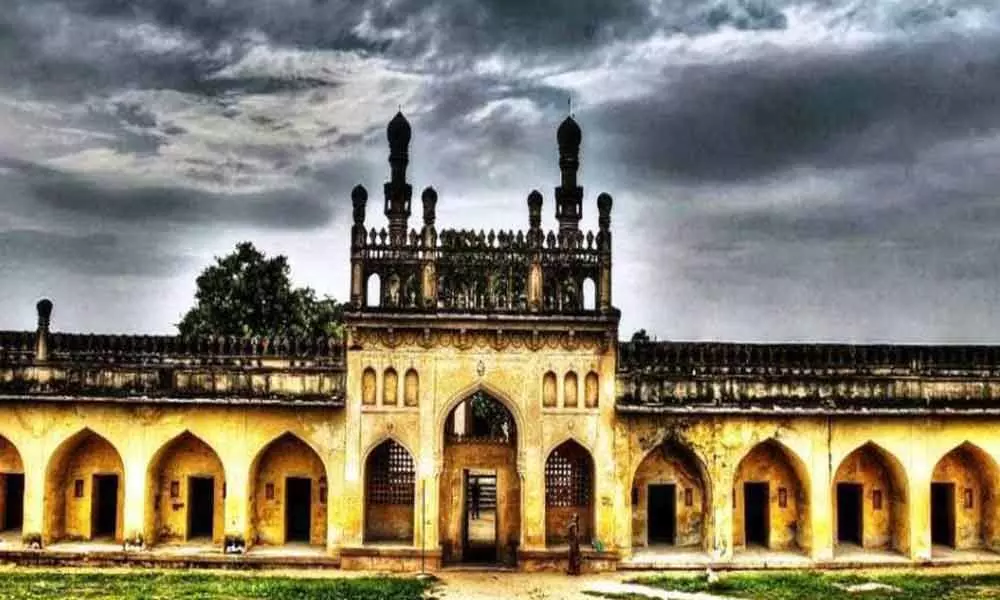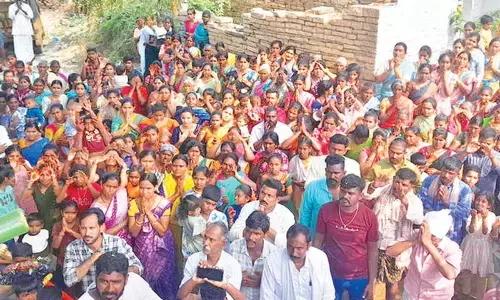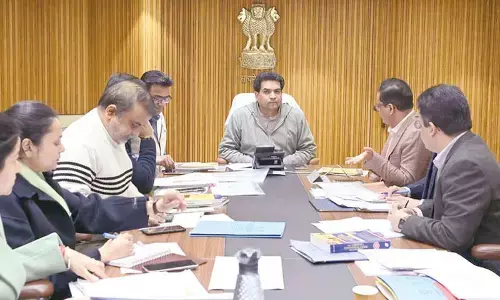India's own Grand Canyon: Gandikota
Located in Kadapa district, Gandikota is famous as for a magnificent fort that stands atop the hills above the gorge…
Did you know that India has its own Grand Canyon? Gandikota, a spectacular natural gorge formed by river Pennar, which cuts through the Erramala hills in Andhra Pradesh, is often referred to as the 'Hidden Grand Canyon of India.'
Located in the state's Kadapa district, the small village of Gandikota on the right bank of Penna river, and is famous as for a magnificent fort that stands atop the hills above the gorge. Of late the unmatched natural beauty here as well as the charm of the ancient fort, have led Gandikota to become a popular holiday destination.
Gandikota is said to have been ruled for more than 200 years by the Pemmasani Nayak dynasty, which also built the fort here and named it after the gorge (gandi in Telugu) Gandikota formed between the Erramala range and river Pennar that flows at its foothills. The width of the river is a mere 300 ft.
With both adventure seekers and lovers of history thronging here, and a heritage festival held every year within the fort, the effort now is to get Gandikota the status of a world heritage site.
In 1123 AD, Kapa Raja, a subordinate of Ahavamalla Someswara I, the Chalukyan king of Western Kalyana, chose an area in Bommanapalle village, close to Gandikota, as the site for a sand fort. The fort was completed by Pemmasani Kumara Timma Navaka in 1370 AD.
Today the fort includes two ancient temples, without any idols, dedicated to Madhava and Ranganatha, as well as many ancient structures in varying stages of decay.
The fort area is 'full of the debris of ages' but is quite clean. Of interest to visitors is a large granary with a vaulted roof, which seems to have survived and is being used as the watchman's quarters. There's also a large Jamia Masjid, which has two adjacent minarets and is in better shape than the temples.
The other structures in the fort, include another large granary and deep wells, to ensure sufficient food and water in case of a siege. There is a graceful 'pigeon tower' with fretted windows and a large palace built with bricks with stucco decorations. There is also an old cannon lying in the fort.
There is also the 'Rayalacheruvu' (royal pond) with its perennial springs, that irrigate gardens that are still full of fruit trees such as lime and bananas. It is said that this 'Cheruvu' was connected to a fountain in Jamia Masjid by pipes – traces of which can still be seen.
There were also other gardens and springs. There is an undated inscription on a boulder, near the 'Nagajhari' outside the fort, recording two gardens within the fort being donated to the temple. There is also a garden named 'Parebagh' with a waterfall at the foot of the hills, on the bank of the Pennar river.
Gandikota is a grand experience for anyone interested in photography. Views of the gorge especially during sunset, are truly spectacular and in the coming years may even give some serious competition to its Arizona counterpart!
There are plenty of camping sites and also air-conditioned tents outside the fort and on the banks of Pennar. The best time of the year to visit Gandikota is between September and February.













